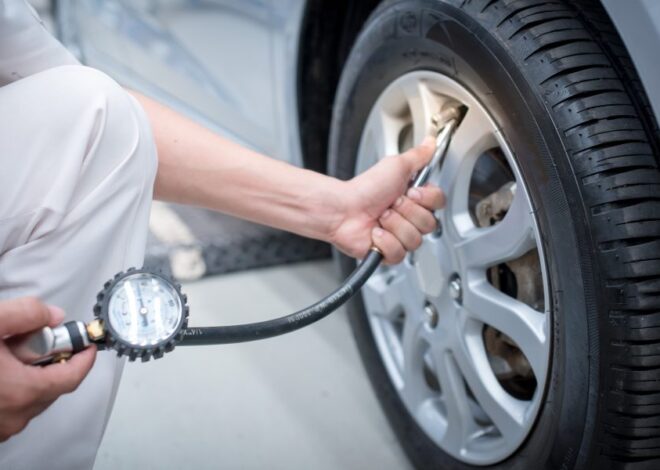
Hood Design Innovations in Modern Car Engineering
The hood of a car is more than just a covering for the engine; it’s a crucial design element that significantly impacts safety, aerodynamics, and overall aesthetics. Modern car engineering has witnessed a surge in innovative hood designs that go beyond traditional functionalities. These advancements focus on improved accessibility, enhanced pedestrian safety, and optimized aerodynamic performance.
Enhanced Accessibility and Maintenance
Traditional hood designs often posed accessibility challenges for engine maintenance and repairs. Accessing the engine compartment could be cumbersome and time-consuming. Modern hood designs overcome this limitation by integrating user-friendly features like gas struts or hydraulic lifts. These mechanisms simplify the process of lifting and securing the hood in an open position, granting mechanics and car owners easier, more convenient access to the engine bay. Moreover, automotive manufacturers are continually innovating in hood design, exploring advanced hinge mechanisms that allow for wider hood openings or even forward-sliding capabilities. These innovations aim to optimize the available workspace around the engine, facilitating more efficient and comfortable maintenance procedures. Such advancements reflect a commitment to improving both the practicality and user experience of vehicle ownership. Opting for the Auto Repair in Northbrook, IL based service would be essential here.
Pedestrian Safety Innovations
Pedestrian safety is a paramount concern in modern car design. In the event of a collision with a pedestrian, the hood plays a crucial role in mitigating injuries. Modern hood designs incorporate features like deformable structures and increased clearance between the hood and the engine components. These features help to absorb impact energy and reduce the risk of severe head injuries. Active hood lift systems are another innovation that automatically raise the hood upon detecting a pedestrian collision, creating a larger crumple zone and further minimizing injury risk.
Aerodynamic Performance Optimization
The hood’s shape and design play a significant role in a car’s aerodynamic performance. Modern car engineers are meticulously crafting hood designs to minimize drag and improve fuel efficiency. Smooth, streamlined hood surfaces help to reduce air turbulence and resistance. Air intakes and vents strategically placed on the hood can channel airflow to cool the engine and other components while also contributing to overall aerodynamic efficiency.
Material Advancements and Lightweighting
The materials used in hood construction have also evolved significantly. While steel was once the dominant material, modern car manufacturers are increasingly utilizing lightweight materials like aluminum and carbon fiber composites. These materials offer excellent strength-to-weight ratios, contributing to improved fuel efficiency and handling. Additionally, advanced manufacturing techniques like hydroforming and stamping allow for the creation of complex hood shapes with enhanced structural integrity.
Aesthetic Integration and Design Trends
Beyond functionality and safety, the hood is an integral part of a car’s overall aesthetic design. Modern hood designs are often seamlessly integrated with the vehicle’s front fascia, creating a cohesive and visually appealing look. Design trends include sculpted hood lines, aggressive hood scoops, and integrated lighting elements. These features not only enhance the car’s appearance but also contribute to its brand identity and market appeal. As technology advances, we can expect to see even more innovative hood designs that further improve safety, performance, and aesthetics in modern car engineering.




